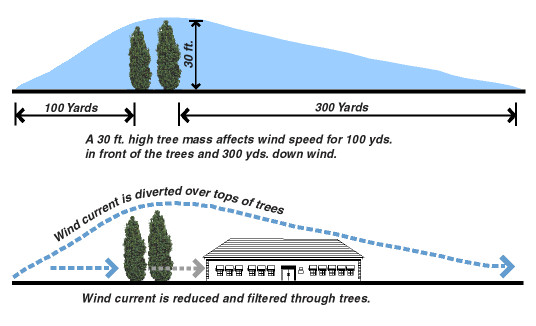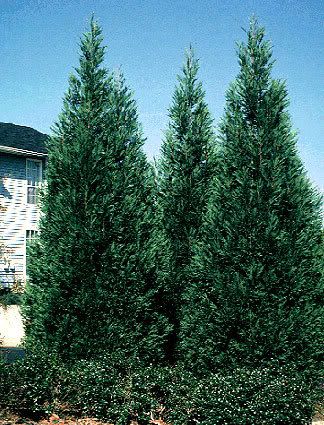One aspect of tree leaf identification, I thought it may be good to take a look at, would be the terms in use.
- ALTERNATE
- leaves that are staggered, not placed directly across from each other on the twig.
- BLADE
- the flat part of a leaf or leaflet, characteristic of broadleaf trees.
- BRACT
- a modified leaf that bears a flower.
- BROADLEAF
- a tree with leaves that are flat and thin, and generally shed annually.
- BUD SCAR
- the marks remaining after bud scales drop in spring.
- CAMBIUM
- A single layer of cells in the tree’s trunk that produces the new wood and bark
- COMPOUND LEAF
- a leaf with more than one blade. All blades are attached to a single leaf stem. Where the leaf stem attaches to the twig there is a bud.
- CONIFER
- a cone-bearing tree.
- CROWN
- Branches, twigs, buds, leaves, flowers and fruit.
- DECIDUOUS
- shedding all leaves annually.
- ENTIRE
- a leaf margin with smooth, untoothed edges.
- EVERGREEN
- trees with needles or leaves that remain alive and on the tree through the winter and into the next growing season.
- FASCICLE
- A cluster of conifer leaves
- FRUIT
- The seed-bearing part of a tree
- HABITAT
- The place where a plant usually grows, e.g., a rocky, moist, well-drained, etc..
- HARDWOOD
- Term used to describe all broadleaved trees. These tree species are deciduous, retaining their leaves only one growing season. Despite the term, some "hardwoods" such as the aspens, have wood that is relatively soft.
- HEARTWOOD
- The area next to the pith, which is composed of deal cells and serves as support
- INNER BARK (PHLOEM)
- Conducts usable food from the leaves to the cambium to nourish it or to storage areas in the wood.
- LEAF
- Stalk and blade of hardwoods: needles and scales of conifers.
- LEAF SCAR
- the mark left on the twig where the leaf was previously attached.
- LEAFLET
- Smaller leaf units or leaflets which together form a compound leaf.
- LOBES
- projections that shape a leaf.
- MARGIN
- the edge of a leaf.
- MEDULLARY RAYS
- These rays radiate out from the center of the tree, and serve in lateral conduction and as food storage areas. They are most visible in a cross-sectional view of the tree trunk.
- MIDRIB
- the primary rib or central vein of a leaf.
- OPPOSITE
- 2 or 3 leaves that are directly across from each other on the same twig.
- OUTER BARK
- The area of the tree trunk composed of dead cells. It insulates and protects inner tissues from disease infections and drying.
- PALMATE
- blades or lobes or veins of the leaf arranged like fingers on the palm of a hand.
- PERSISTENT
- deciduous leaf blades that remain on the tree for more than one year.
- PETIOLE
- the leafstalk that connects the blade(s) to the twig.
- PHOTOSYNTHESIS
- This is the process that occurs in the leaves. From energy produced by sunlight, the leaves combine carbon dioxide from the air and water from the soil to produce carbohydrates. Oxygen is released in the process. Carbohydrates plus fats and proteins are the plant foods necessary for growth and respiration of the tree.
- PINNATE
- blades or lobes or veins of the leaf arranged like the vanes of a feather.
- PISTILLATE
- The part of the leaf that contains female portions of flowers, or the pistils
- PITH
- The central, soft part of the stem.
- ROOTS
- Root hairs absorb water and mineral salts from the soil. Larger roots anchor the tree and store nitrogen and carbohydrates.
- SAMARA
- winged fruit.
- SAPWOOD
- The area on the outer side of the trunk, which contains the sap conducting tubes. Sapwood is usually lighter in color, but it darkens with age and becomes heartwood. Heartwood and sapwood together comprise the xylem.
- SEED
- That part of the fruit capable of germinating and producing a new plant.
- SIMPLE LEAF
- a single leaf blade with a bud at the base of the leaf stem.
- SINUS
- indentation between lobes on a leaf.
- SOFTWOOD
- Term used to describe all needle-leaved trees. These species are typically evergreen, retaining their leaves through two or more growing seasons. Larches, including tamarack, are exceptions, being deciduous "softwoods"
- SPURS
- stubby, often sharp twigs.
- TEETH
- notches on the outer edge of a leaf.
- TREE
- A woody plant, generally single-stemmed, that reaches a height of more 15 feet at maturity. A tree has three major parts: roots, trunk and the crown.
- TRUNK
- The main body of the tree.
The Encyclopedia of North American Trees
Thanks for taking time out to read the tree leaf identification blog


